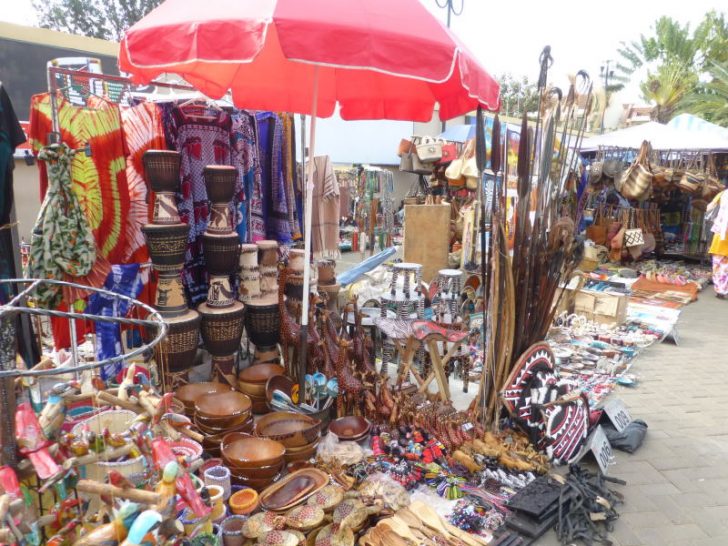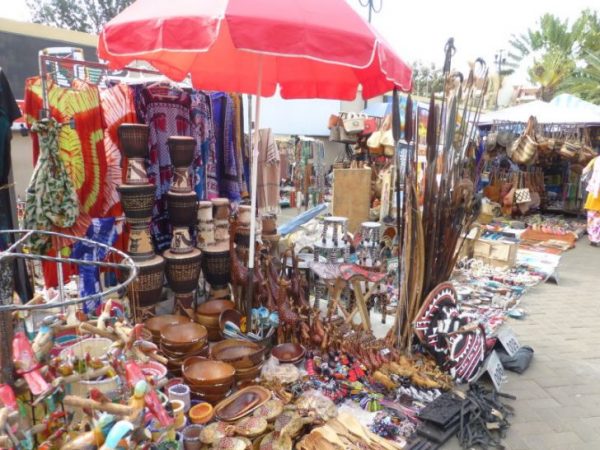The growth of the tourism industry the world over and particularly in Africa has been overwhelming. May feel like cliché, yet — and this is the nub – the industry is one of the primary drivers of the economic as well as social development in Africa. According to the International Labor Organization (ILO), 60% of the unemployed population in Africa is youth. Therefore, it goes without saying that employment opportunities, generation of income and investment by the tourism industry, has and continues to play a major role in ending unemployment in the continent.
One of the small and medium enterprises that have directly or indirectly benefitted from the growth in the tourism sector is the artisan business. We can all attest to the fact that Africa has a rich arts heritage. Major Museums, galleries and art curios are spread across every African country, exhibiting carvings (wood, soapstone, gold and silver), folkloric musical instruments, beadwork, paintings among other artworks.
These contribute immensely in showcasing the country’s culture and are also tourist attractions on their own. Art products are in high demand by hotels in a bid to diversify their furnishings and blend the décor with a traditional sensation. It is also common place for tourists to purchase a souvenir to share their Safari experiences with friends and family.
True enough, these mementos are also used as gifts for our loved ones, as memoirs of extraordinary experiences in Africa and as decorative objects, with each telling a different aesthetic story. By selling their art products to visitors, the artisans get a legit source of living that go a long way in putting food on their table in educating their children.
There is no question, however, that the crafts industry is one that is yet to be fully tapped into. According to a market research done by Aid to Artisans (ATA), the industry has been largely unable to capitalize on the economic growth opportunities created by tourism.
The research evidently points to prevalent under-utilization in the arts & crafts and souvenir markets. Some of the products we purchase from art vendors may have personalized messages and names of the host country, yet not originally made from there. This kind of competition from imported art products has been a major challenge, especially due to the poor quality of local products or too high selling prices. The demand is no doubt in the rise and so should be the supply for the African market. Therefore, observing market trends (to provide sustainable prices) and customer preferences may just translate into amplified production and sales of crafts, which will then have a ripple effect in their businesses, their country’s economy and that of the entire continent. Governments too need to invest more in the artisan sector to reinforce market access for art products.
The crafts industry has undoubtedly profited a lot from the tourism sector. An industry report by Africa’s leading online hotel booking company, Jovago, places Africa on the travel and tourism global map, with projections of approximately 42.6 million tourists traveling to sub-Saharan Africa by 2017. Such prognoses give hope for better days to come for the African artisan sector, as the two are without a doubt, inextricably linked.


